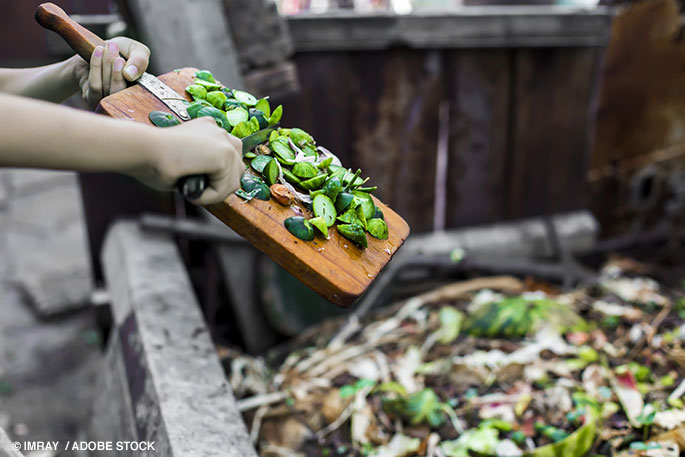
Americans waste food to the tune of $144,000,000,000 each year. Some of the biggest contributors to this waste are restaurants and other food establishments.
Awareness is a good first step. Educating consumers about food waste could also save the equivalent of 37,000,000 cars-worth of greenhouse gas emissions getting dispersed into the air. About 11% of these emissions come from food waste.
The numbers are outrageous!
- 45% — (almost half!) of all fruits, veggies, and tubers are wasted each year!
- 40%—47% (almost half here, too!) of seafood goes to waste
But wasted food isn’t just a humanitarian or social concern—it’s an environmental one. The actual wasting of food is just a small part of it. The energy and water it takes to grow it is wasted, not to mention the harvesting, packaging, and transportation involved. Once food waste makes it to the landfill, it starts to rot; that is where the greenhouse gas methane is produced.
Beef is the most wasteful food produced on earth. For each cow…
- It takes 36,000 calories of feed to produce 1,000 calories of beef
- It takes more than 430 gallons of water
- It requires 1,500 square feet of land per animal
- It generates approximately 10kg of greenhouse gas emissions
As mentioned previously, awareness is a good first step. Thankfully, there are plenty of actions we can take that will make a significant difference. If we each do our part, our carbon footprints will shrink organically.
The following is a collection of tips to help you get started:
- Use your commercial freezer more efficiently
- Buy frozen seafood or freeze any fresh fish you won’t use within the next day or two
- Cook and freeze vegetables that are starting to fade—they make great soup stocks
- Don’t over-buy – commercial freezers will cause freezer burn if foods are stored for too long
- Bread, meat, and other perishables that won’t get used immediately can also be frozen
- Not leftovers – makeovers!
- More and more food establishments are getting creative in their use of leftovers. Makeovers are nothing short of genius! Check out AllRecipes.com for inspiration.
- Have you eaten a banana peel!? You can fry, bake, blend, or boil it. The riper the banana, the sweeter! From watermelon rind to orange peels, from mango skins to kiwi skins, ditch the peeler and get more nutrients—or you can compost them! ~ Today.com
- Check out Alternative Meat products – from hamburgers to chicken nuggets, due to their relatively small carbon footprints; these products are significant contributors to the reduction of greenhouse emissions. As time goes on and the taste of these products improve, more consumers are getting on board.
Preventing food waste is the most effective way to shrink its impact on the planet. The more awareness we raise and the more people that get involved with the movement, the sooner we can help the environment.














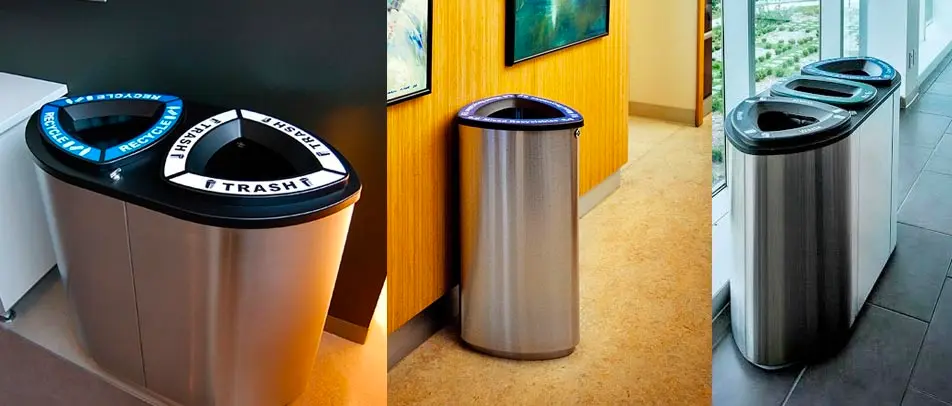
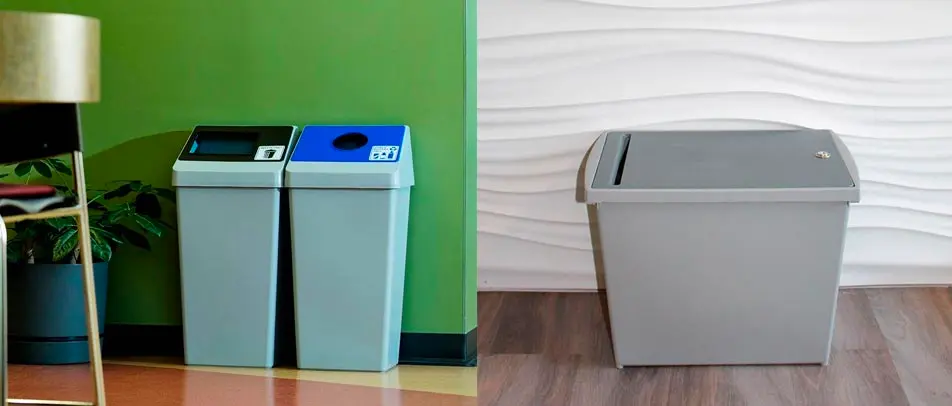


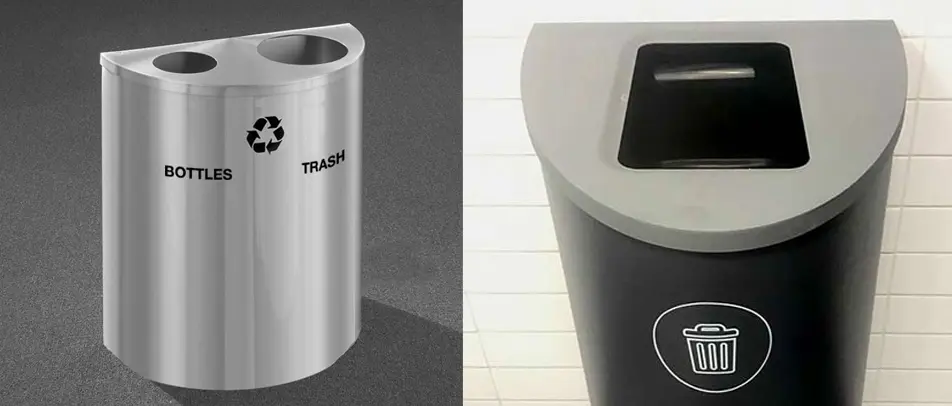


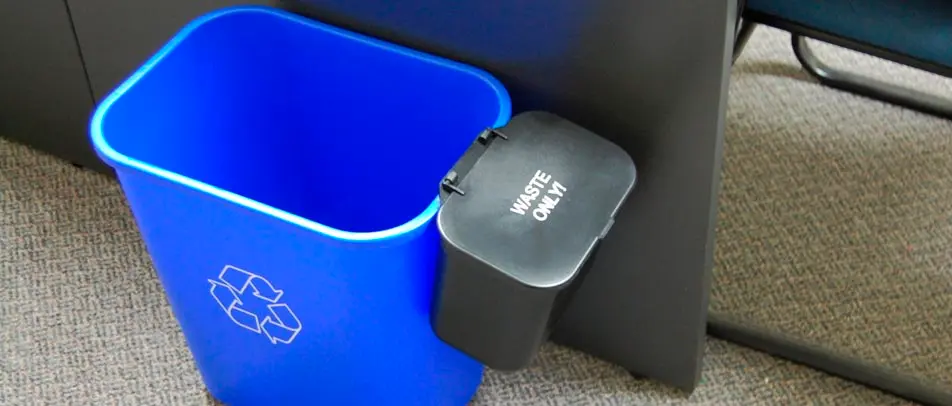
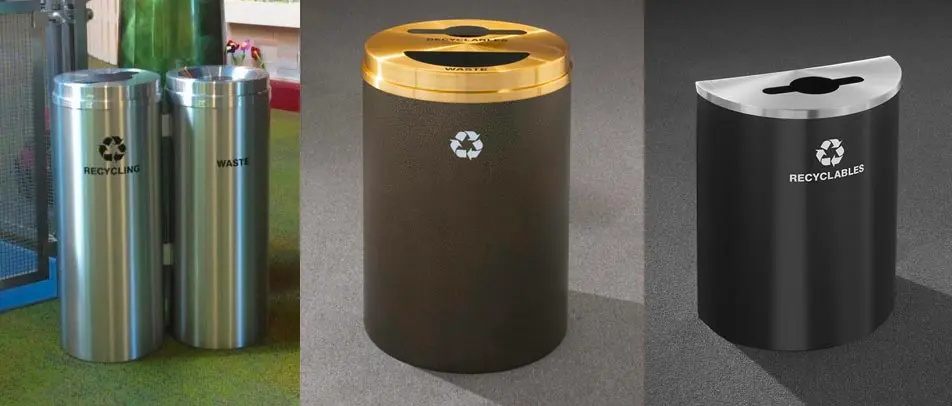
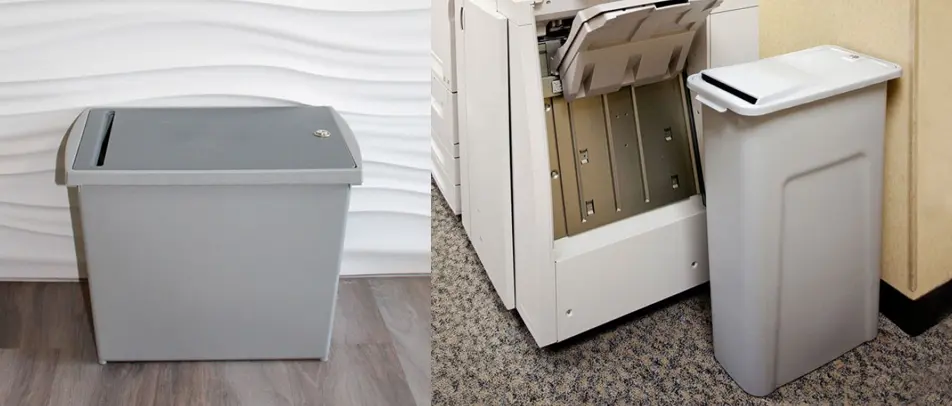

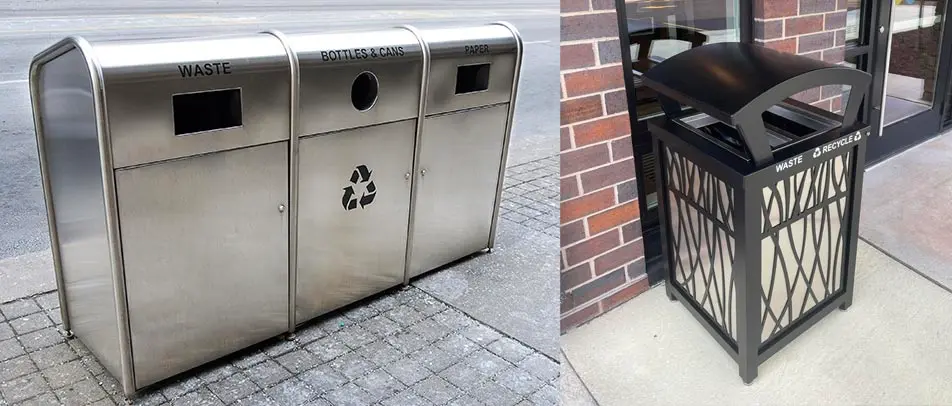



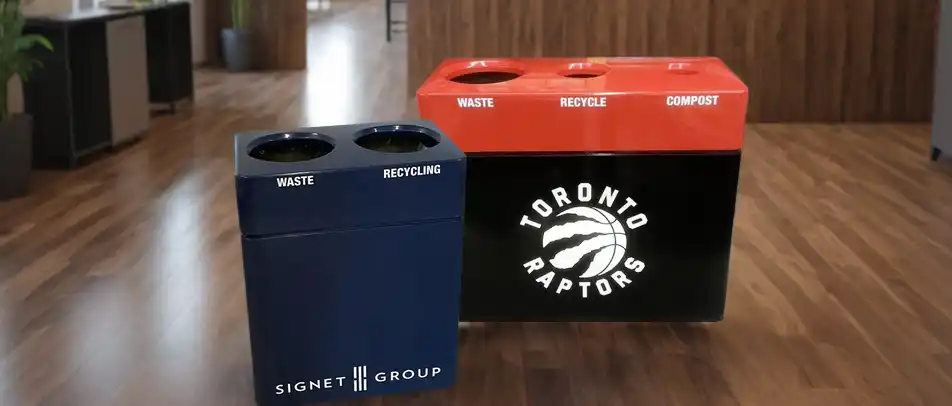



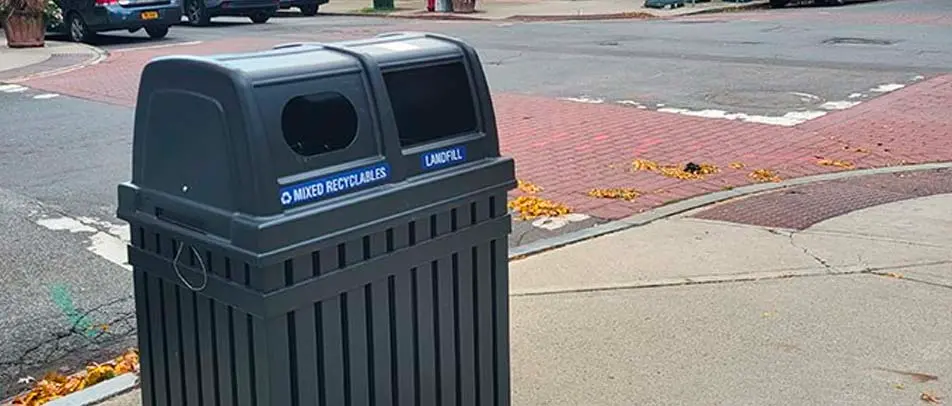
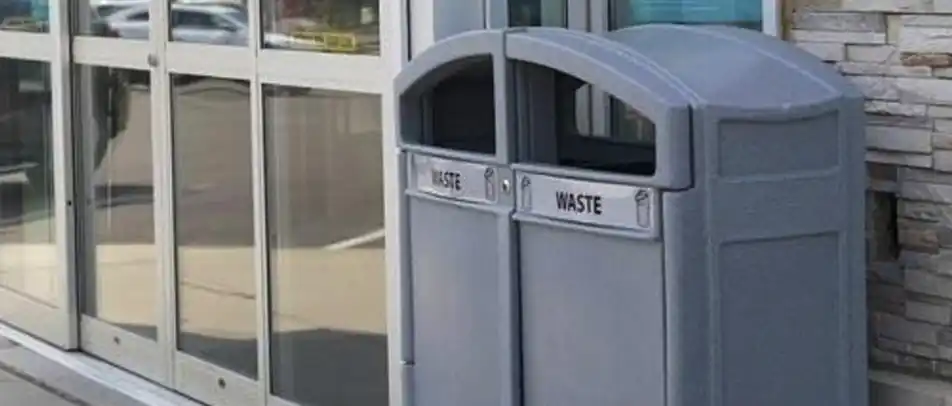
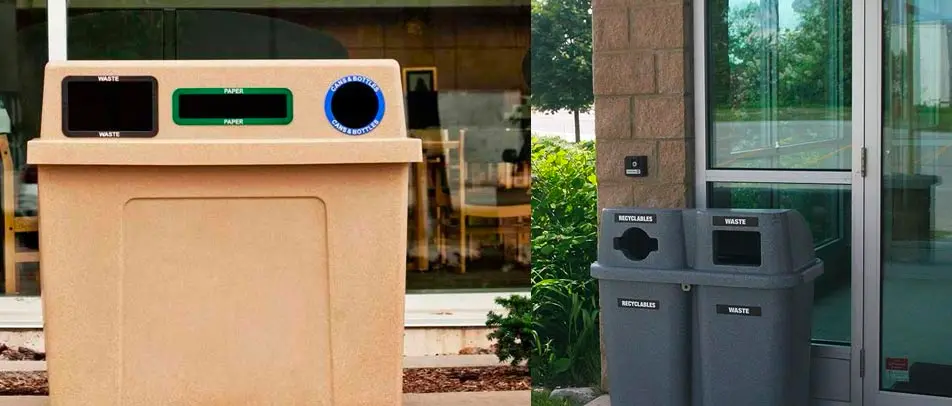
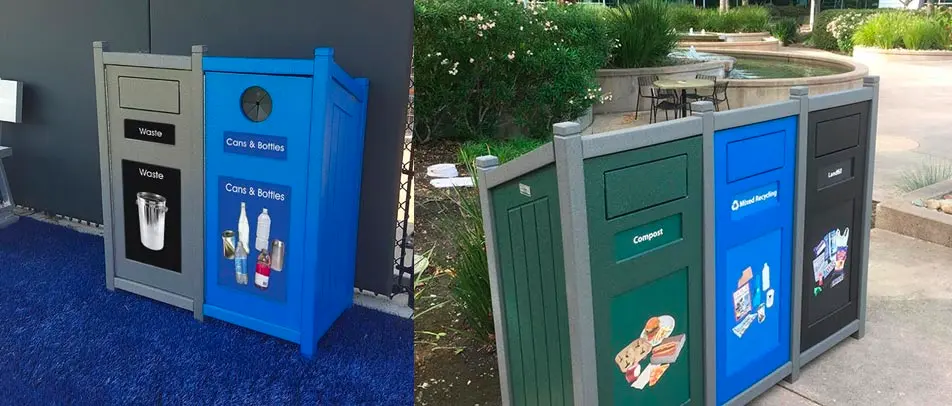
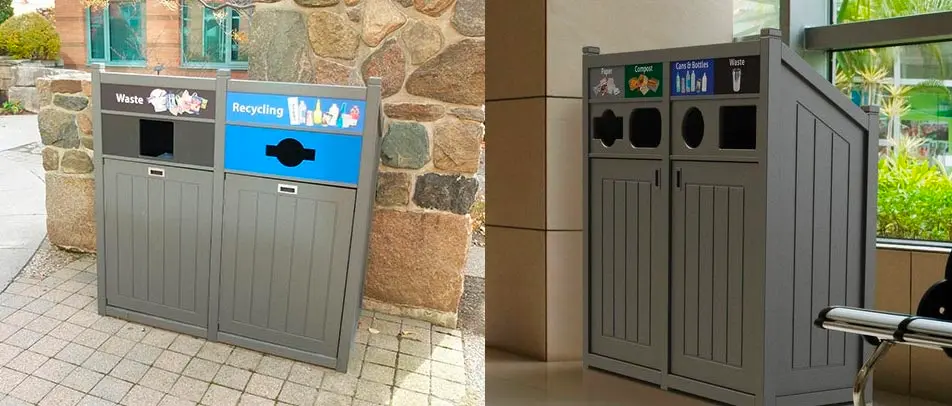



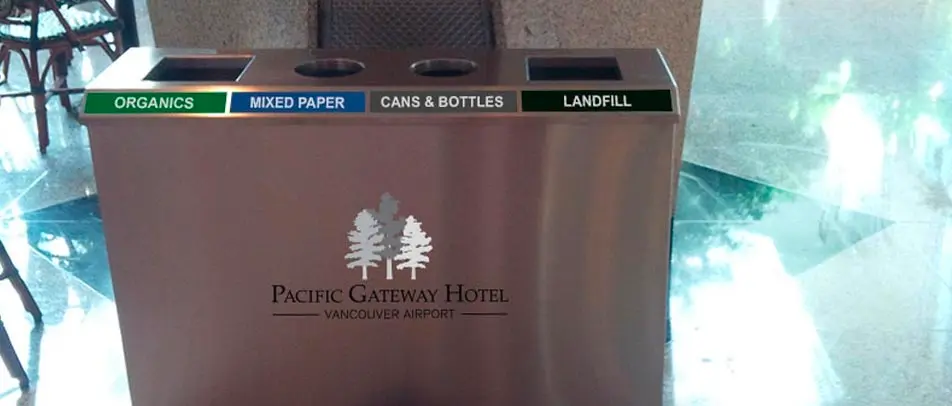

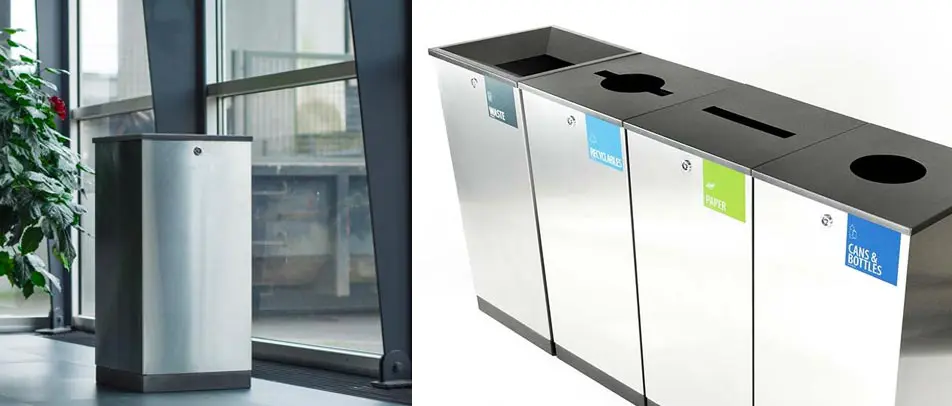
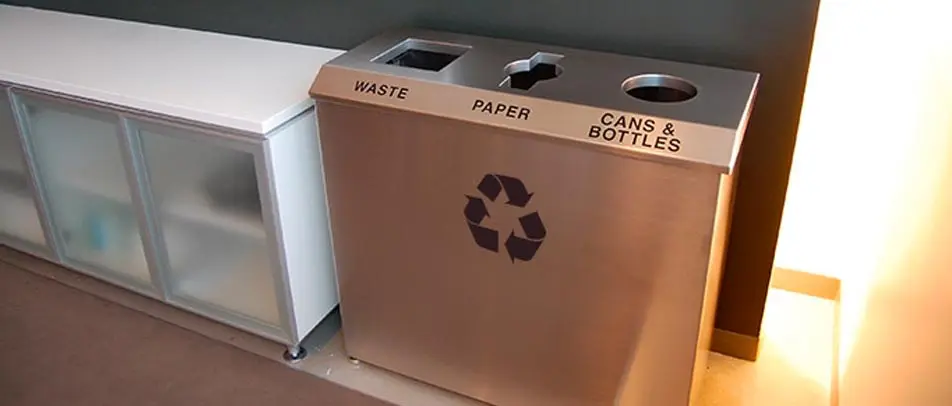
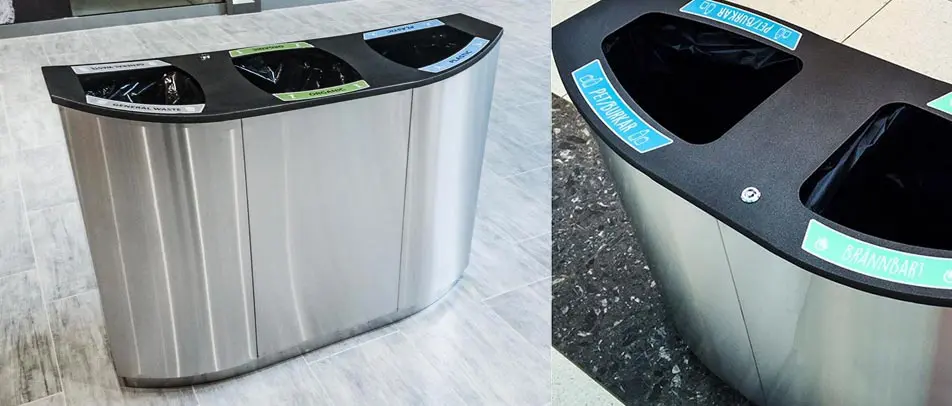

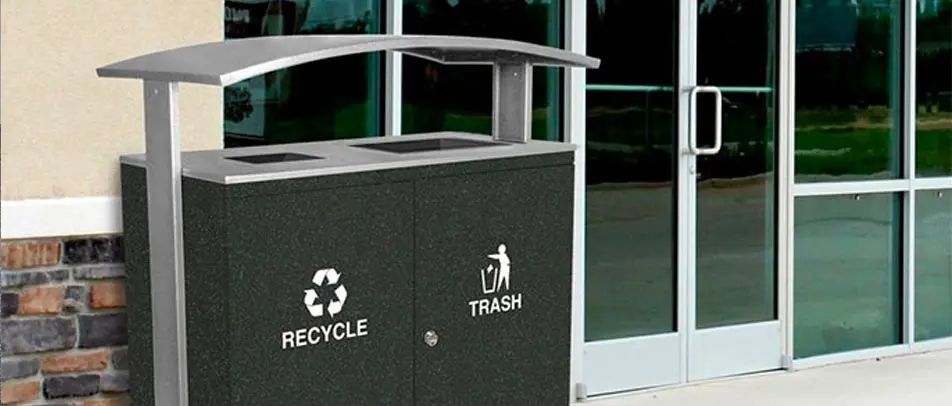

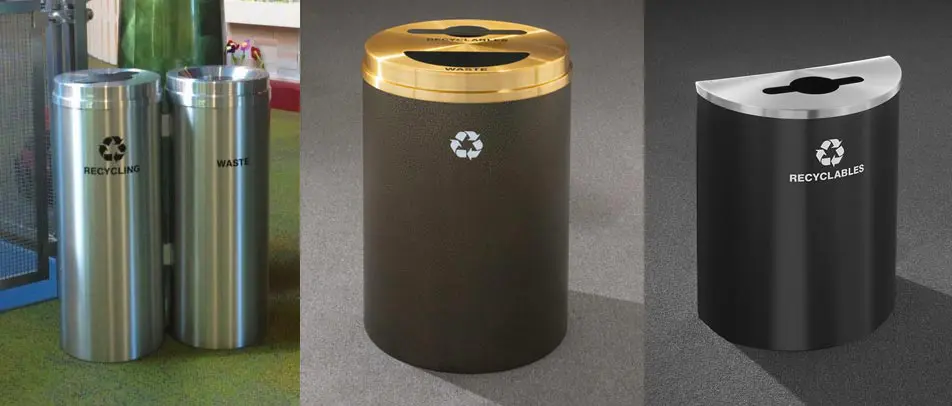

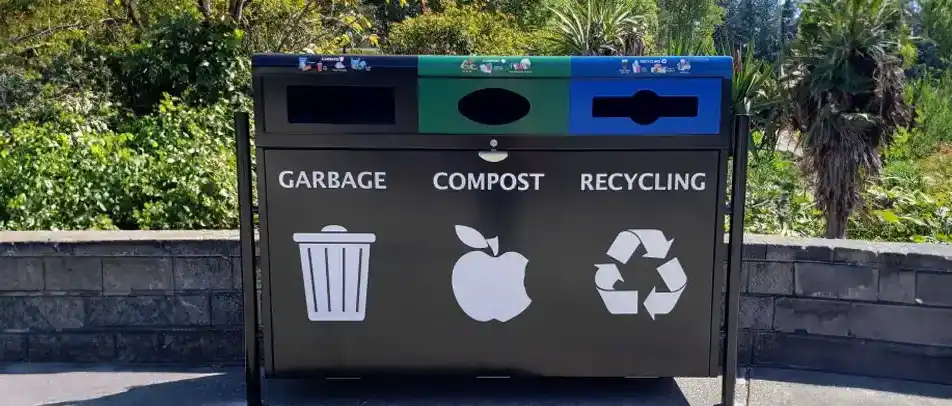
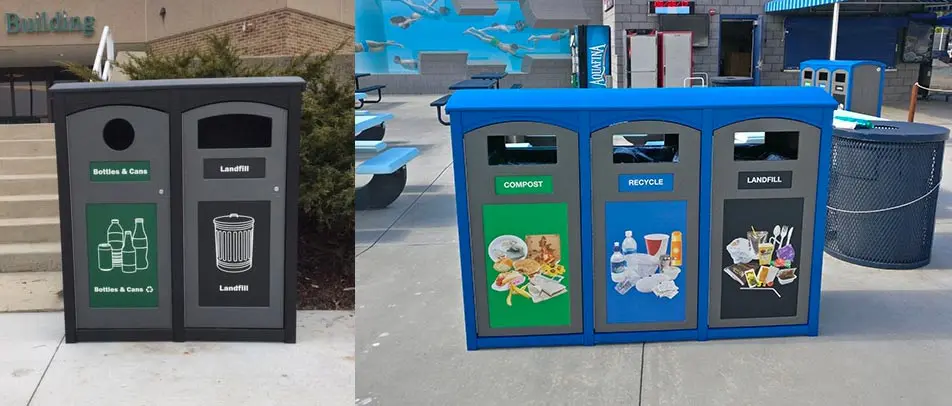
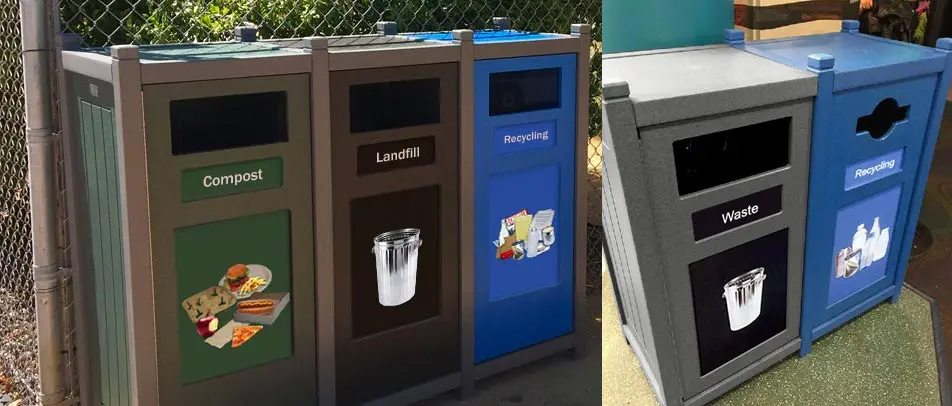


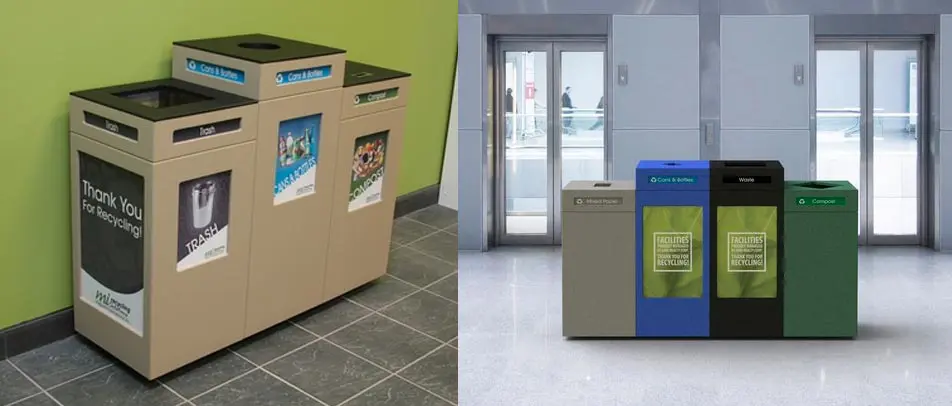
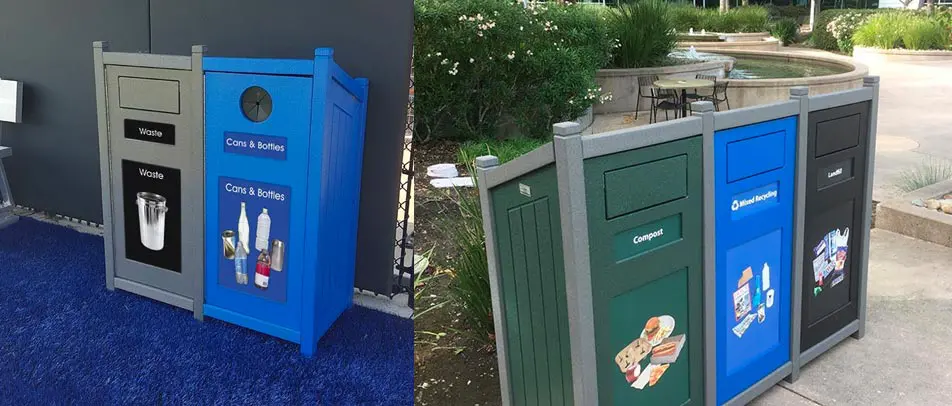
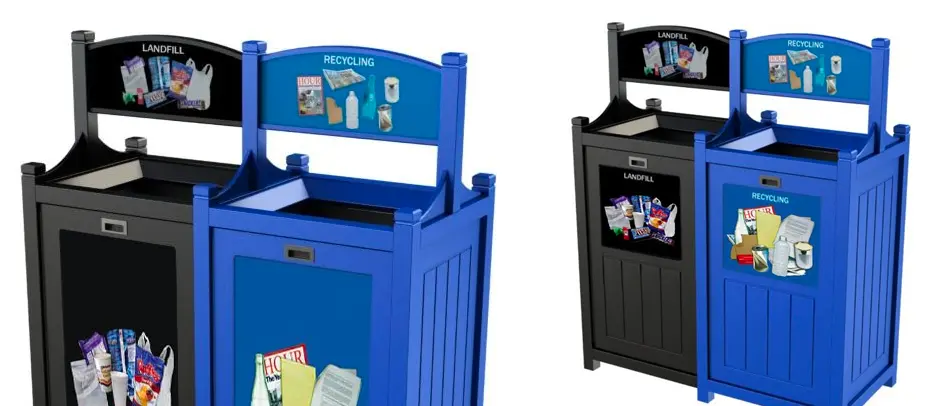


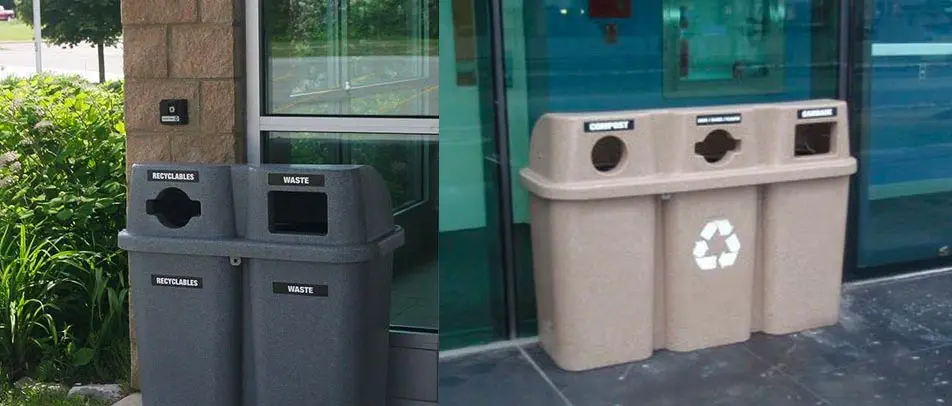
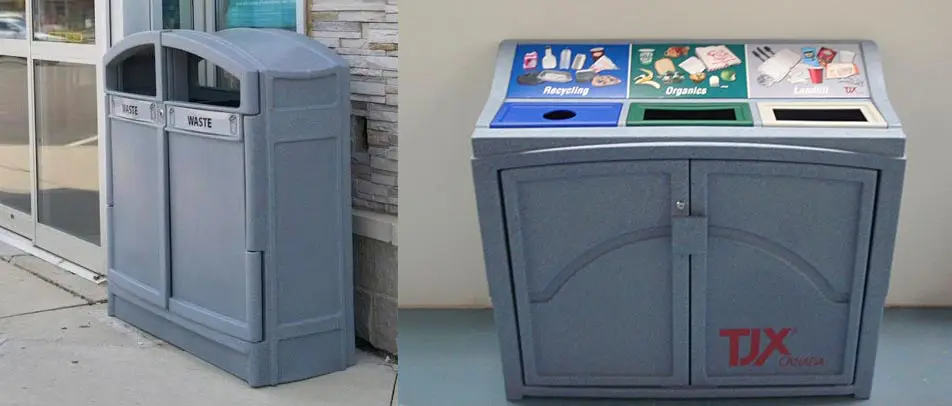
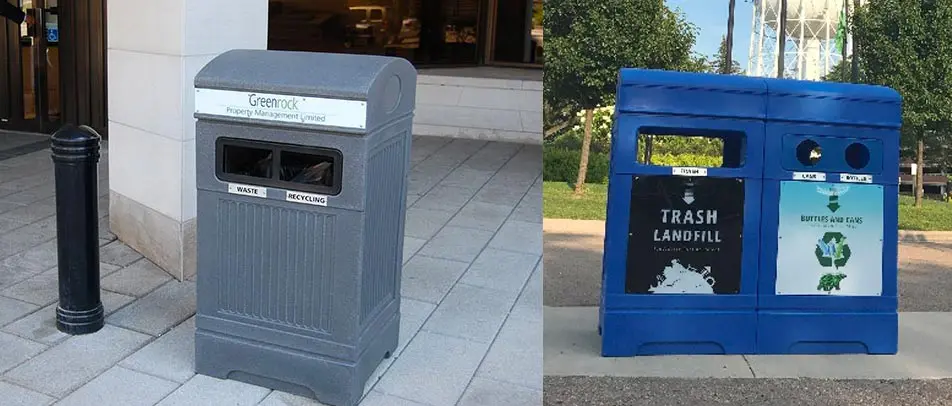
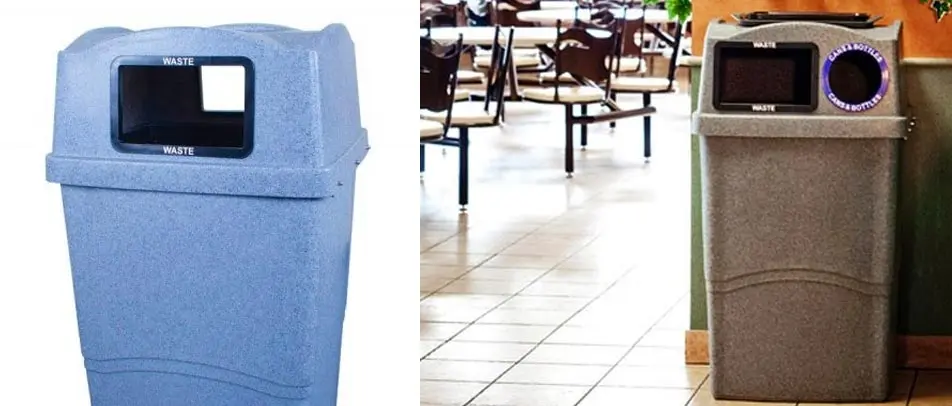
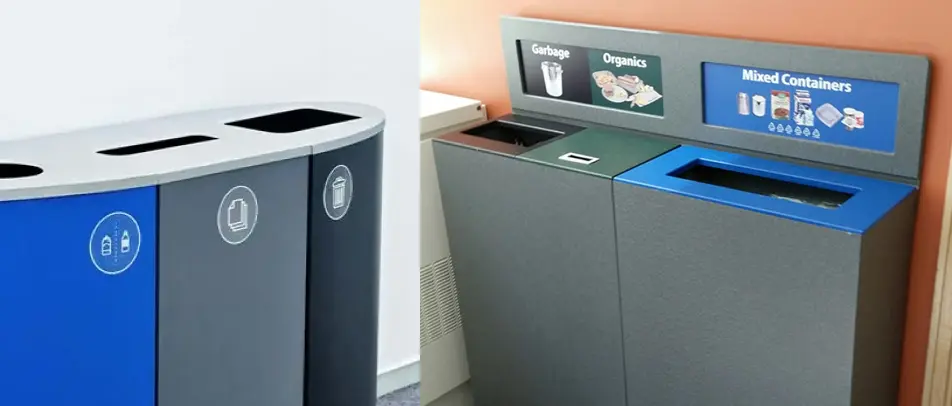
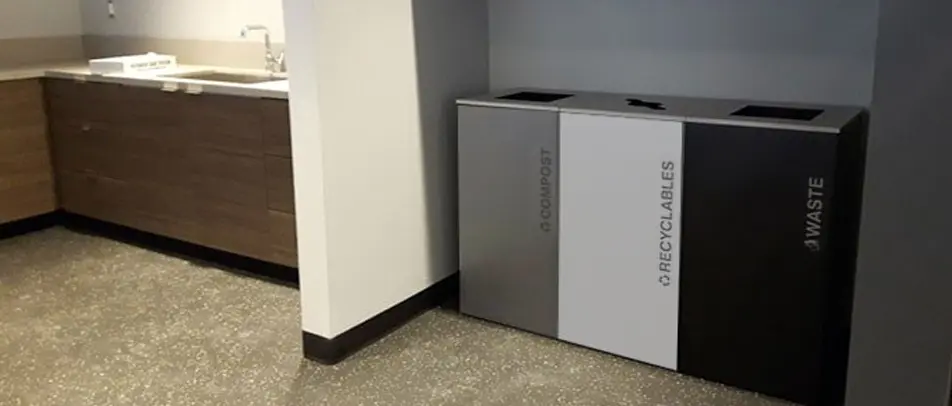
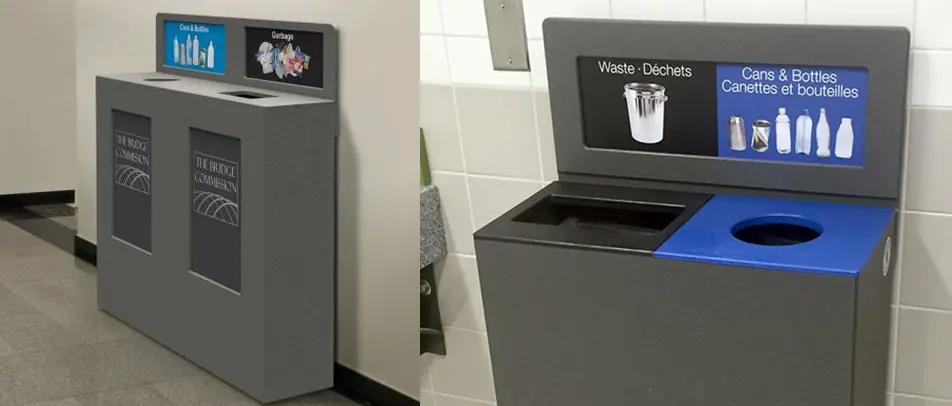
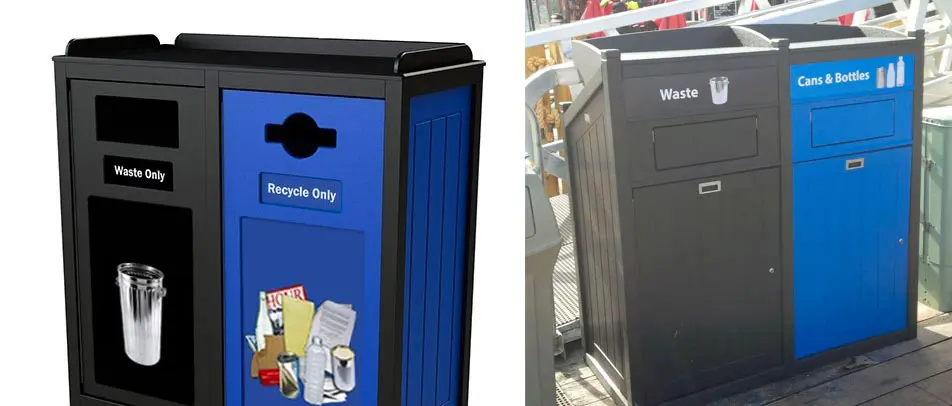






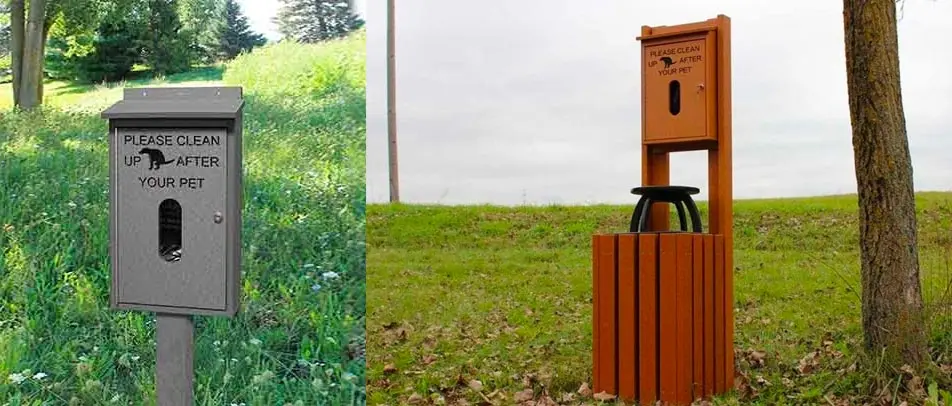




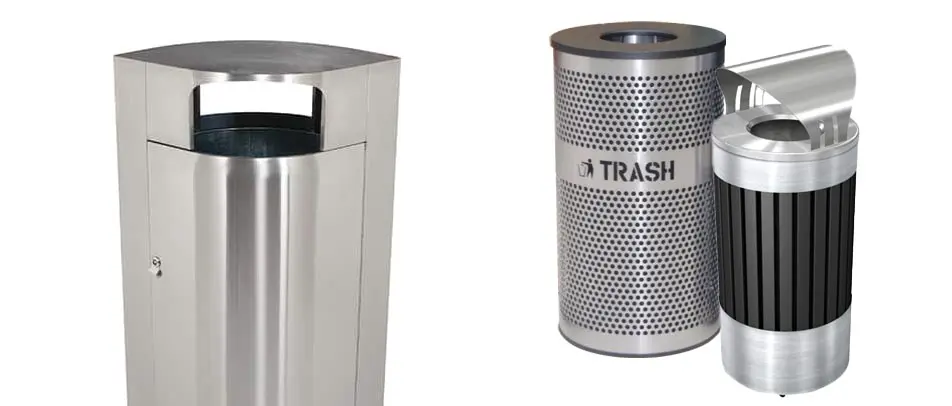

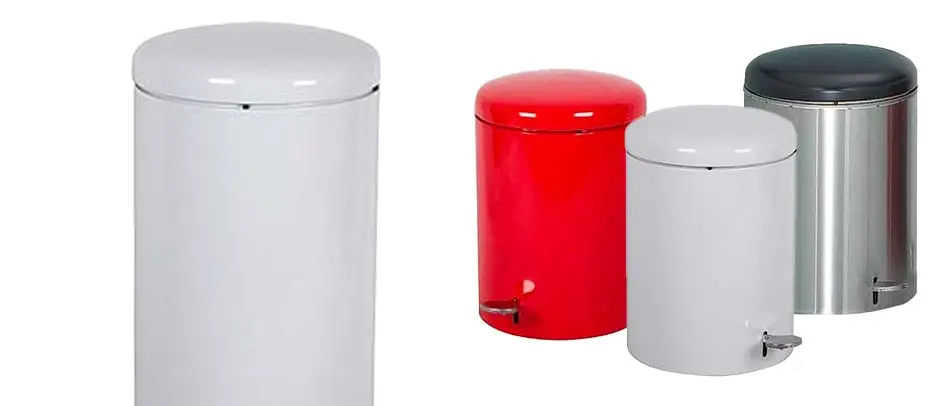





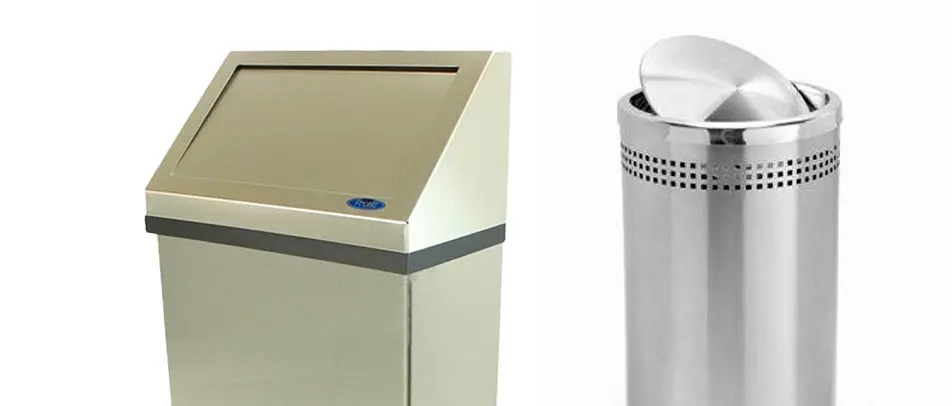

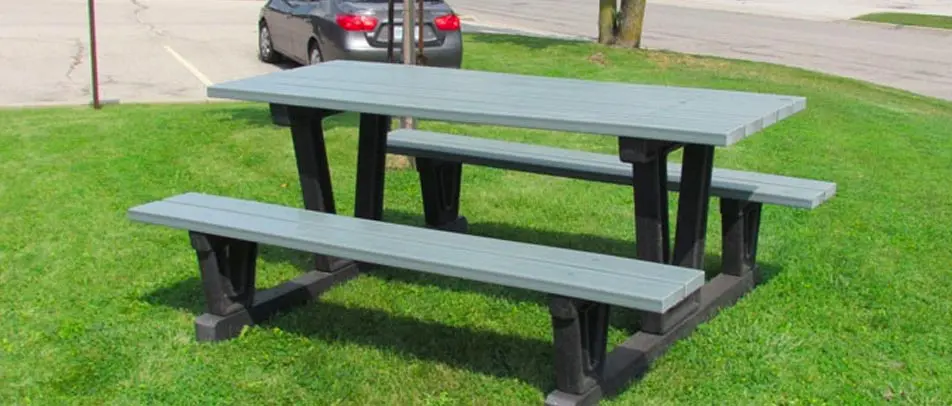





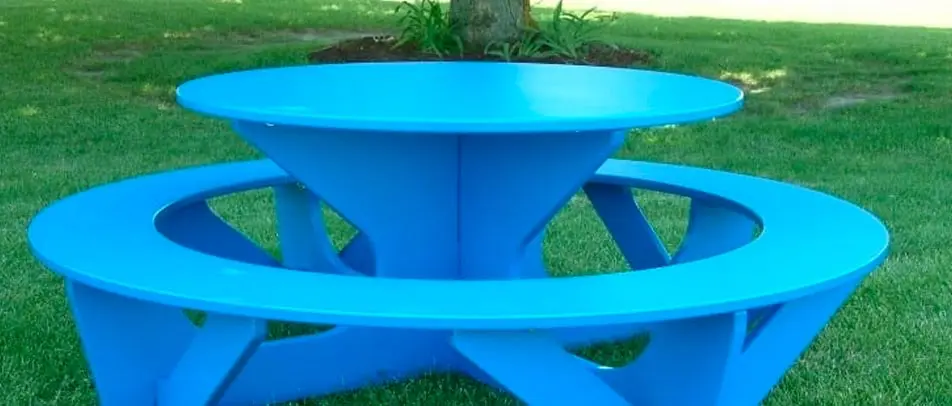


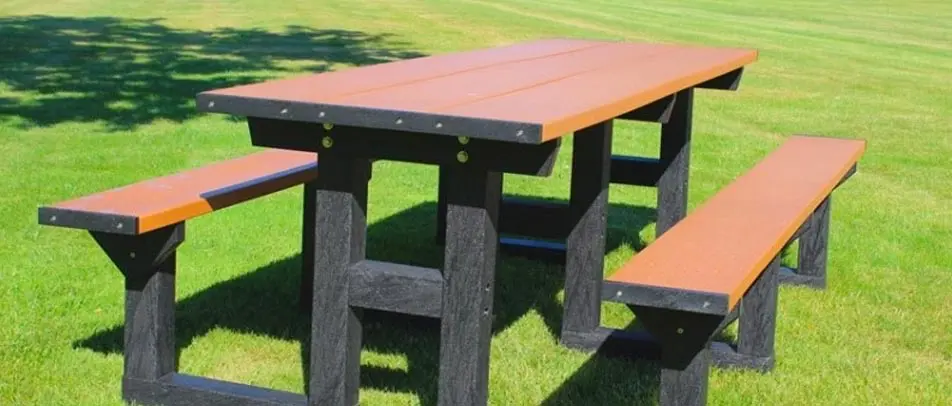






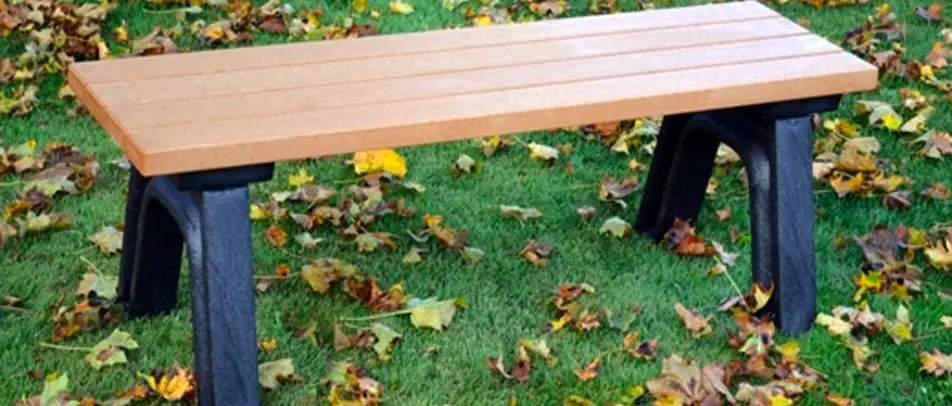





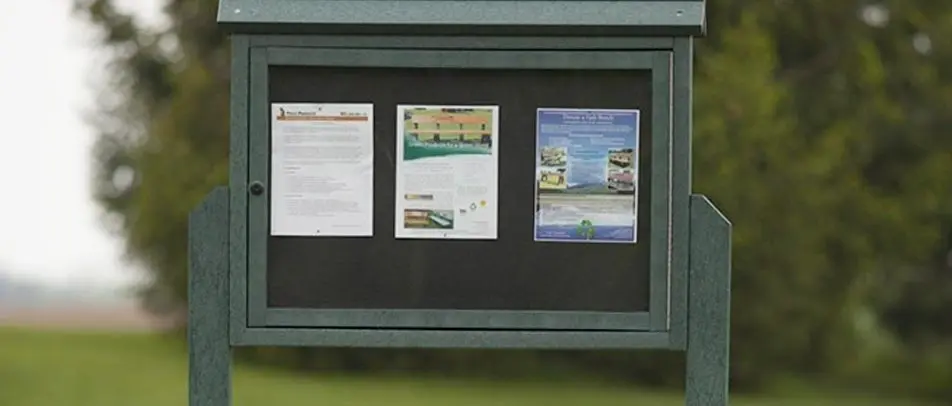
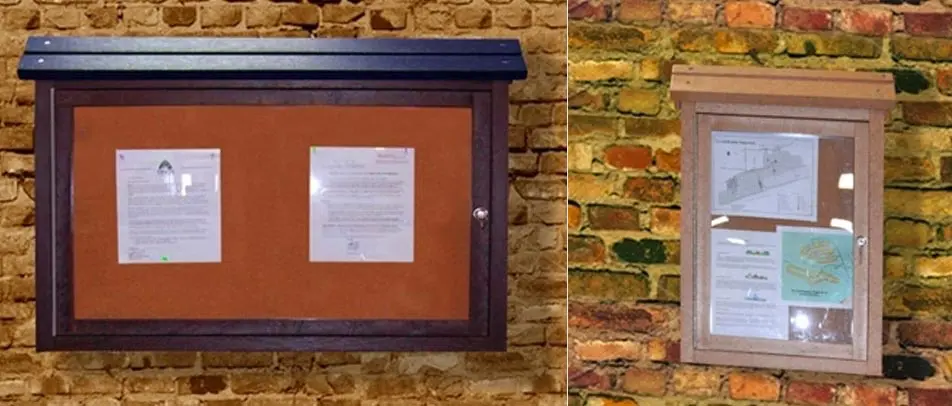


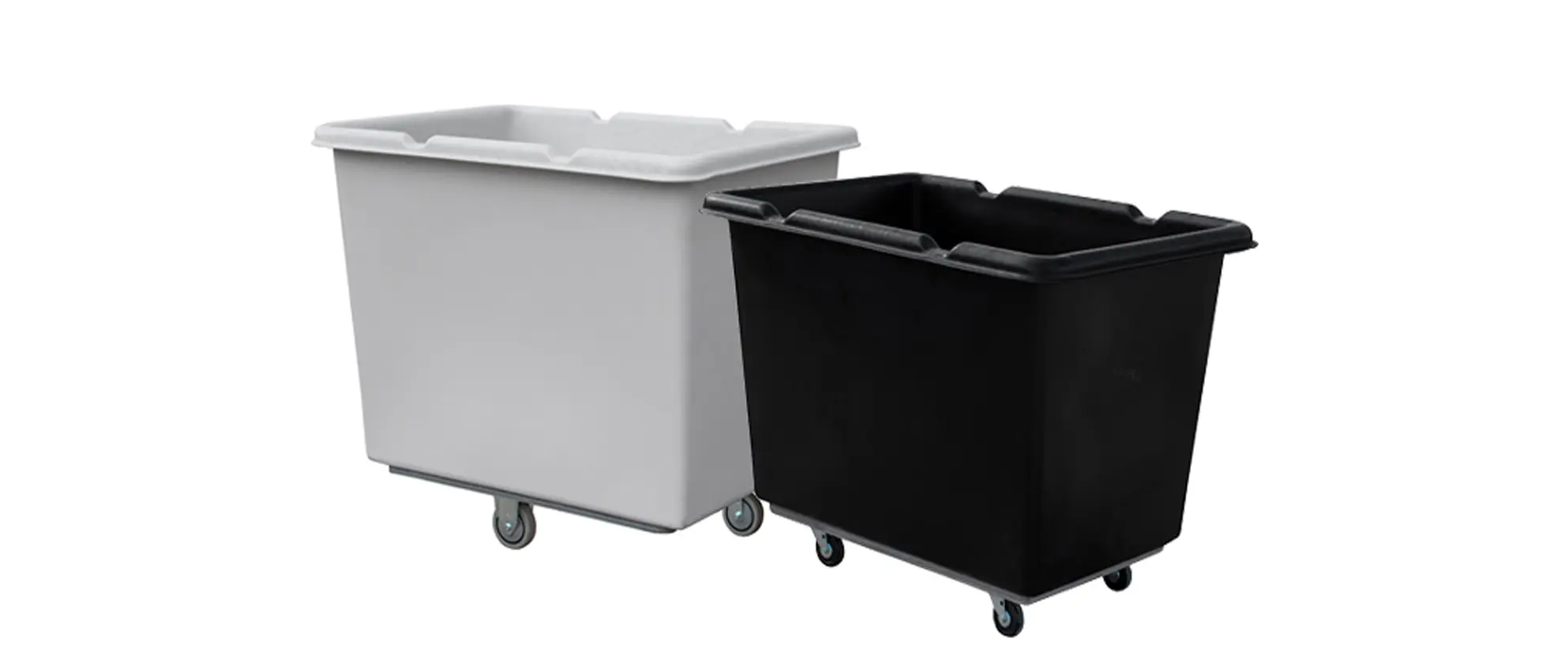




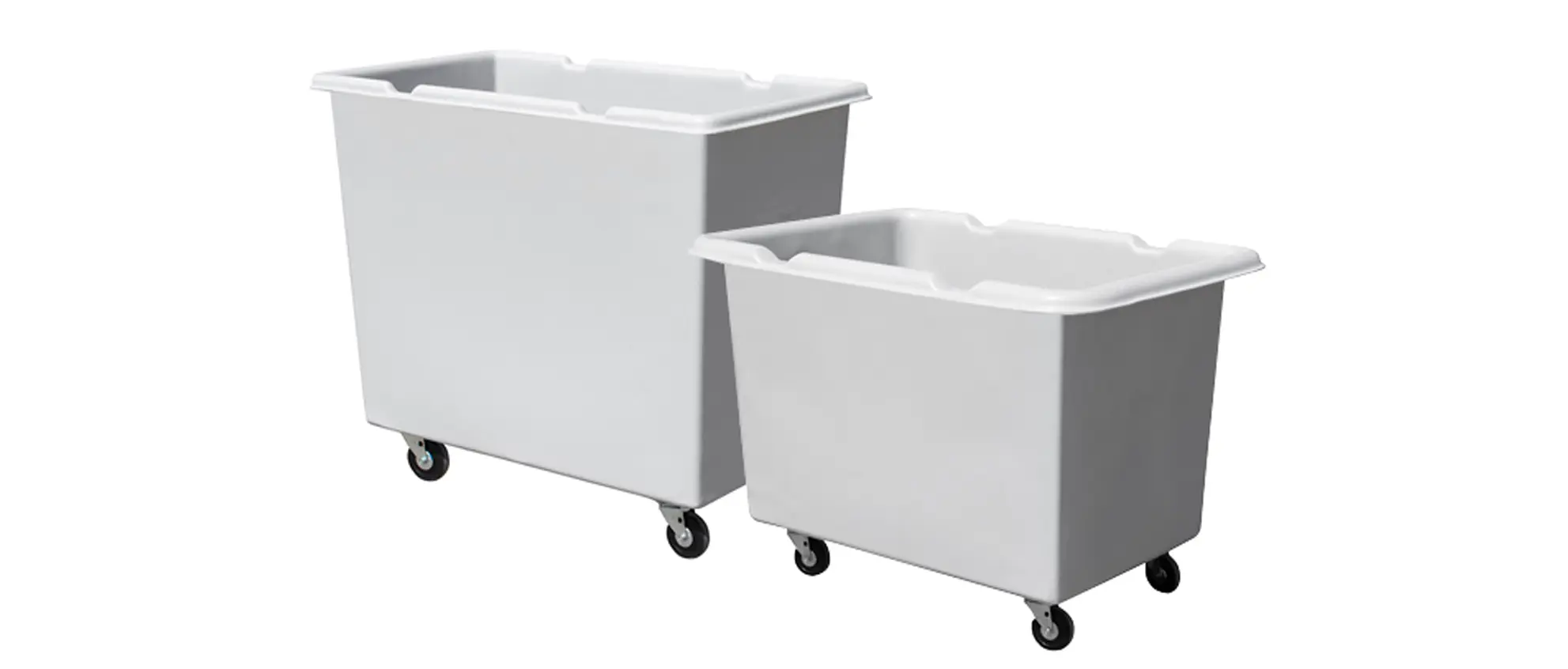



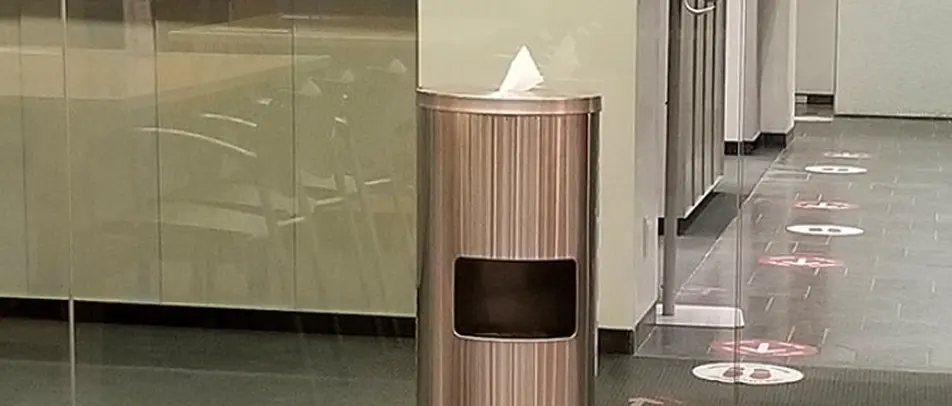





 Three Ways to Engage Teams and Clients to Maximize Your Recycling Program Engagement
Three Ways to Engage Teams and Clients to Maximize Your Recycling Program Engagement  How to Integrate Accessibility Into Your Sustainability Planning
How to Integrate Accessibility Into Your Sustainability Planning  Why Park Benches Can Promote Workplace Well-Being
Why Park Benches Can Promote Workplace Well-Being 
